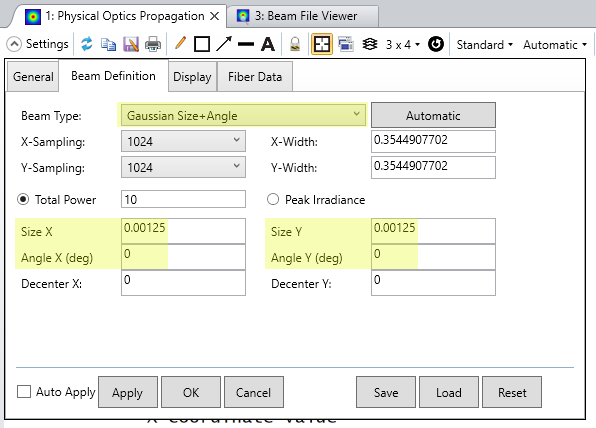This thread is a continuation from the forum posts linked here: https://my.zemax.com/en-US/forum/threads/2ff09cf1-4edd-ea11-a813-000d3a329613#
Thank you for your valuable response. I have calculated the value of the BPP in the X-axis (slow axis) that is 0.874 mm mrad and in the Y-axis (fast axis ) is 22.3mm mrad.
But my main concern is that the value of the BPP in the fast axis is much more than the slow axis.
The same problem is also occur during the calculations from the Spot Diagram. I also attached a research study in which you can see the values of slow and fast axis after collimation. I hope, now you can understand the difference.




